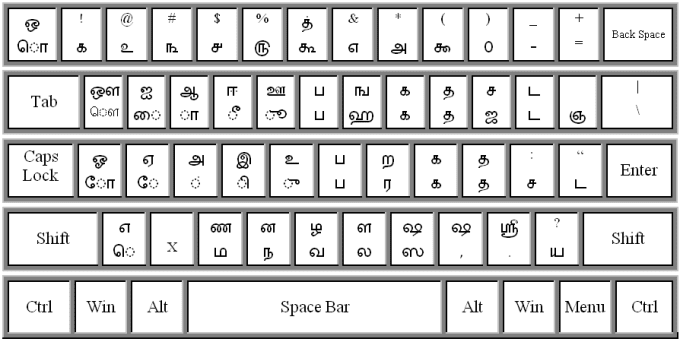


Widal found that blood serum from a typhoid carrier caused a culture of typhoid bacteria to clump, whereas serum from a typhoid-free person did not. Gruber introduced the term agglutinin (from the Latin) for any substance that caused agglutination of cells.įrench physician Fernand Widal (1862–1929) put Gruber and Durham's discovery to practical use later in 1896, using the reaction as the basis for a test for typhoid fever. The clumping became known as Gruber-Durham reaction. Two bacteriologists, Herbert Edward Durham (-1945) and Max von Gruber (1853–1927), discovered specific agglutination in 1896. Leukoagglutination occurs when the particles involved are white blood cells.Īn example is the PH-L form of phytohaemagglutinin.Īgglutination is commonly used as a method of identifying specific bacterial antigens and the identity of such bacteria, and therefore is an important technique in diagnosis. This is called autoagglutination and it can interfere with laboratory tests such as blood typing and the complete blood count. When a person produces antibodies against their own red blood cells, as in cold agglutinin disease and other autoimmune conditions, the cells may agglutinate spontaneously. If agglutination occurs, this indicates that the donor and recipient blood types are incompatible. In cross-matching, donor red blood cells and the recipient's serum or plasma are incubated together. The agglutin involved in hemagglutination is called hemagglutinin. Hemagglutination is the process by which red blood cells agglutinate, meaning clump or clog. The 'bedside card' method of blood typing, in this case using a Serafol card. The coalescing of small particles that are suspended in a solution these larger masses are then (usually) precipitated. When people are given blood transfusions of the wrong blood group, the antibodies react with the incorrectly transfused blood group and as a result, the erythrocytes clump up and stick together causing them to agglutinate.This increases the efficacy of microbial elimination by phagocytosis as large clumps of bacteria can be eliminated in one pass, versus the elimination of single microbial antigens. The antibody or other molecule binds multiple particles and joins them, creating a large complex.

The clumping of cells such as bacteria or red blood cells in the presence of an antibody or complement.This occurs in biology in two main examples: This term is commonly used in blood grouping. The word agglutination comes from the Latin agglutinare (glueing to).Īgglutination is the process that occurs if an antigen is mixed with its corresponding antibody called isoagglutinin. This image explains agglutination in the bloodĪgglutination is the clumping of particles.


 0 kommentar(er)
0 kommentar(er)
